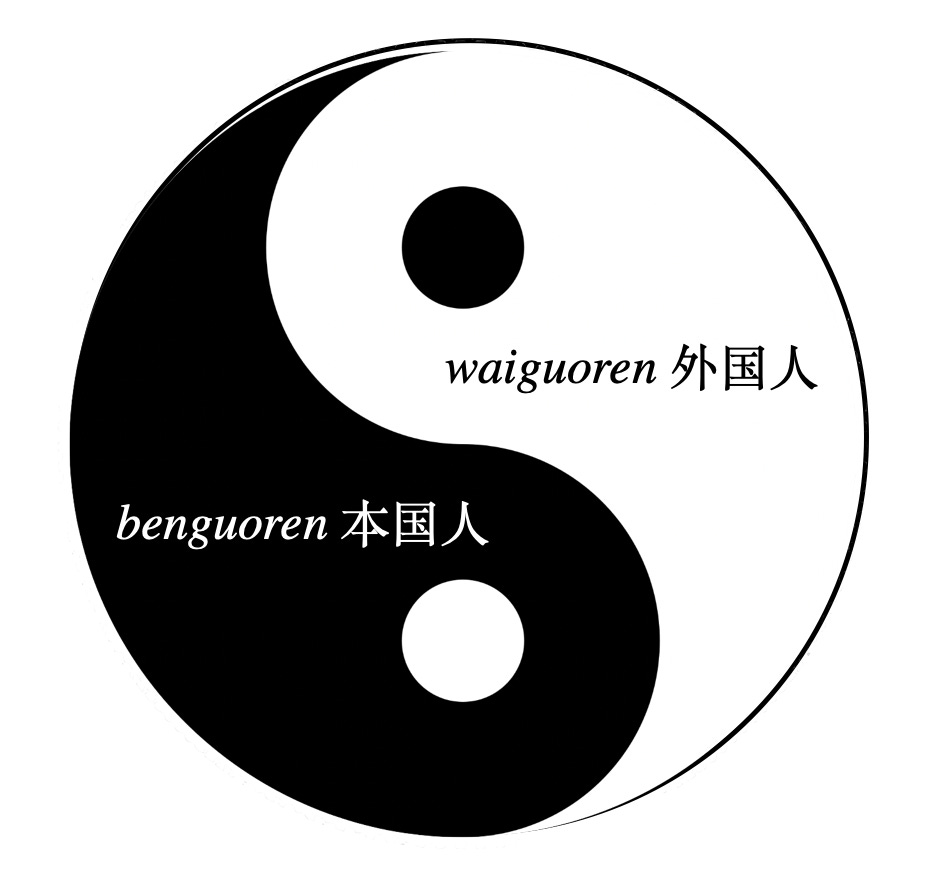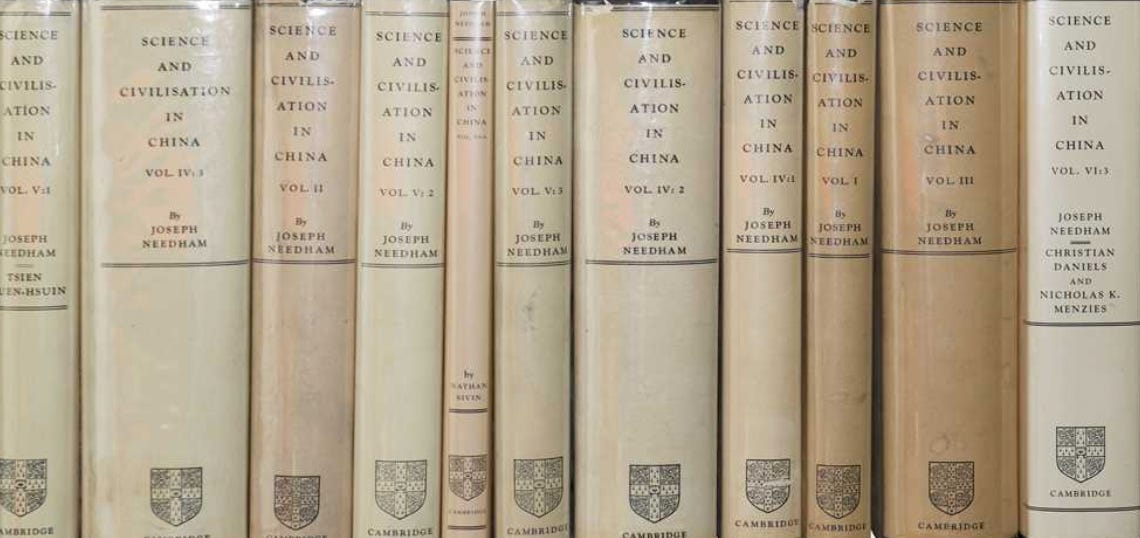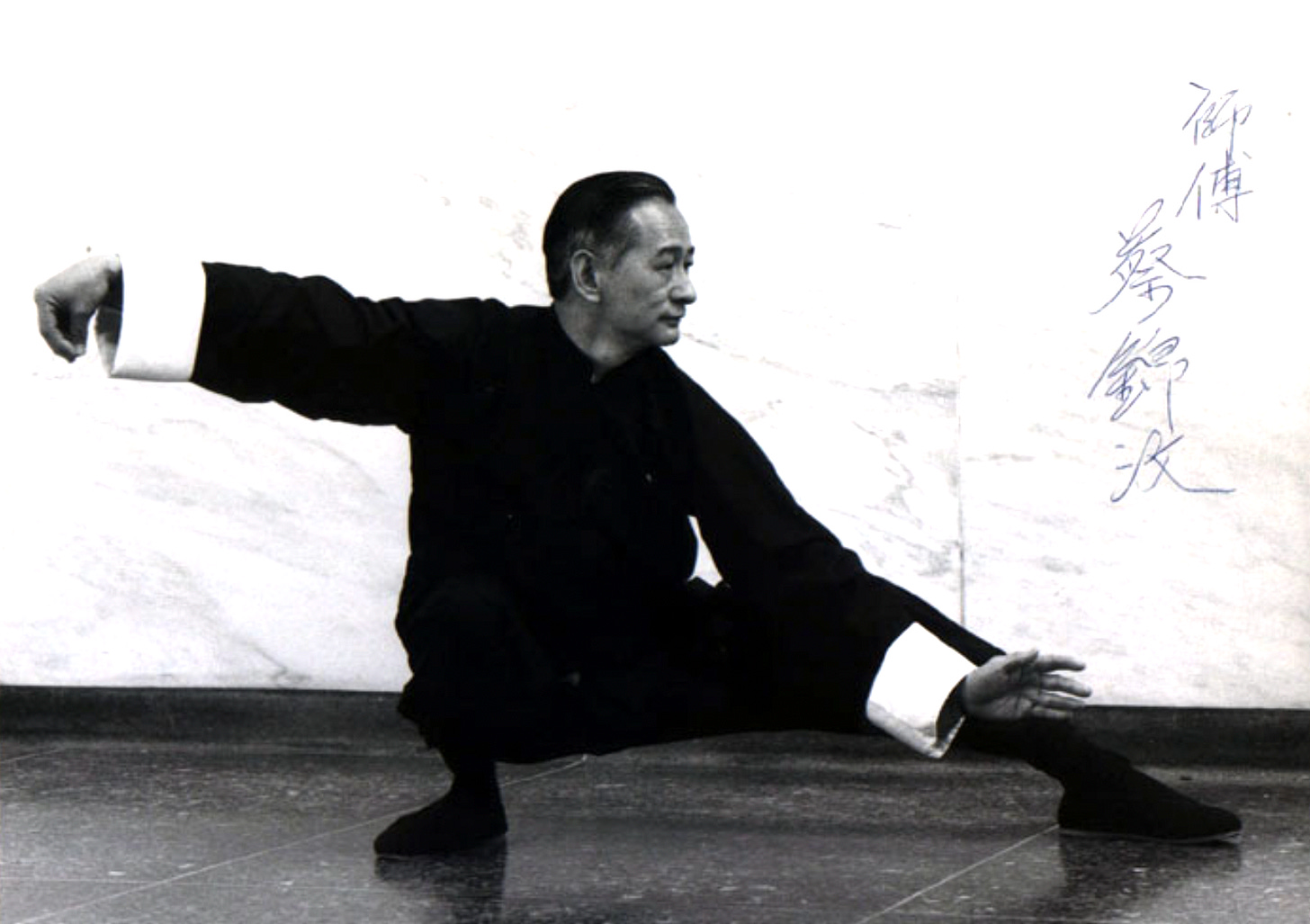I would love to see a project that gathered stories of the spread of taijiquan throughout the world. That is not something that I, personally, could undertake—but in the interest of encouraging such work, I offer this little piece as a departure point and inspiration for others.
A yin-yang exchange
The spread of taijiquan internationally is a story of a yin-yang cultural exchange. People of Chinese origin (benguoren 本国人) have made their way to foreign shores to teach taijiquan; foreigners (waiguoren 外国人) have come to China to learn. The process of taijiquan cultural exchange began in North America and Europe as early as the late 1930s and, a generation later in the 1960s, entered mainstream culture. Today, as many as five generations of practitioners have followed the taiji path set out by the earliest international taijiquan pioneers.

During the late 1960s in North America and Europe, a rapidly expanding youth social and political movement became aware en masse of taijiquan and Chinese philosophy. Exposed to televised images of the Vietnam War, much of this well-educated generation became disillusioned with conventional forms of education and centred itself in a search for alternative forms of moral authority.
In 1967, the first U.S. edition of T’ai-Chi by Zheng Manqing (鄭曼青; Cheng Man Ch’ing; 1902-1975) and Robert W. Smith (1926-2011) was released. The book reached a wide reading audience and soon, throughout North America and Europe, young ‘hippies’ were seeking out taijiquan instruction wherever it could be found. Zheng Manqing, who was born in Zhejiang Province in 1902, moved to Taibei (台北) in 1949 and to New York City in 1964. There are hundreds of schools teaching his method internationally and Zheng’s influence on taijiquan in the West cannot be understated.
Within a year that Zheng’s book came out, an English version of the Chinese classic Yijing (易經), entitled The I Ching or Book of Changes, by German missionary Richard Wilhelm, was released. The simultaneous release of these two works brought taijiquan and Chinese philosophy to the top of the youth movement’s reading list.

In the 1970s, academically inclined university students discovered the works of Cambridge biochemist, historian, and sinologist Sir Joseph Needham, Ph.D (Li Yuese 李約瑟; 1900–1995), who, in volume five of his encyclopaedic seven-volume work Science and Civilisation in China (released in 1974), wrote extensively on the subject of early Chinese ‘Physiological Alchemy’ (neidan 内丹). By bringing attention to subjects such as meditation, qi cultivation, and spiritual transformation in the wider context of science and technology, Needham helped to draw Chinese mysticism out of the dusty temple and into the scientific context.
By the 1980’s, the term ‘Tai Chi’ had become mainstream in America and Europe, largely due to the teaching and publications of Zheng Manqing. Moreover, China was opening up its university sports facilities (tiyu xueyuan 体育学院) to foreign students, and mainland Chinese teachers began going more frequently to the west. Since that time, the East-West taijiquan dialogue has become much more fluid, with development in the art taking place around the world.
Taijiquan Pioneers in the USA and Canada
To follow are four examples of the many taijiquan pioneers in the USA and Canada who have significantly influenced the contemporary taijiquan landscape.
USA to China
Sophia Delza (1903-1996), an American dancer, choreographer, and author, lived in Shanghai from 1948 to 1951. She became the first American to teach modern dance in China and, during this time, she studied Wu-style Taijiquan (吳氏太極拳) with Ma Yueliang (馬岳樑; 1901-1998). Delza gave the first documented public demonstration of taijiquan in America in 1954 at the famed New York Museum of Modern Art. Her 1961 T'ai Chi Ch'uan: Body and Mind in Harmony is considered to be the first book published on the subject of taijiquan in the English language.
The injection of taijiquan into the New York and international modern-dance communities can be ascribed in large part to Delza who, for decades, taught taijiquan at the renowned Carnegie Hall. Countless theatre and dance performances have directly and indirectly incorporated taijiquan as a component.
China to USA
Choy Hok-p’eng (蔡鶴鵬; Cai Heping, 1885-1957), a student of Yang Chengfu (楊澄甫; 1883–1936), is the earliest teacher known to have openly taught in the USA. Choy brought the Choy family to San Francisco, California in 1939 after having been invited by several Chinese-American companies for the express purpose of teaching taijiquan. He and his family returned to Hong Kong in 1947 and, in 1959, his son Choy Kam-man (蔡錦汶 1919-1993, ‘Johnny’ Choy) emigrated to San Francisco where he taught taijiquan until his death in 1994.
Michael Gilman, one of Choy Kam-man’s students, began his taijiquan studies in 1968 in San Francisco. Gilman, a former national push-hands grand champion in the USA, has now been practicing, teaching, and promoting traditional taijiquan for a half century. An example of a ‘home-grown,’ full-time, professional taiji master, Gilman has never been to China.
China to Canada
Raymond Chung
Yam-Man ‘Raymond’ Chung (鍾蔭民; Zhong Yinmin ; 1913-2017) was born in Guangzhou (Canton), Guangdong Province, China. In 1962, at age 49, he became one of the first Chinese-born taijiquan masters to emigrate to Canada. Before his retirement from teaching in his late nineties, Chung taught a full curriculum of traditional Yang-style Taijiquan.
In 1971, Brien Gallagher, first instructor of Sam Masich, was certified by Master Chung as ‘Yang Tai-chi High-class Rank’ (taijiquan bangaojizu 太極拳班高級組) and officially allowed, as a master, to teach students and promote the art as taught by Master Chung.
Liang Shou-yu
Born in Chongqing in Sichuan Province in China, Grandmaster Liang Shou-Yu began his training in Chinese martial arts at age five with his grandfather, a highly respected martial artist. Liang emigrated to Canada in 1981 and has since been a defining figure in the North American Chinese martial arts world, having produced countless champion athletes and creating books and instructional programs in English, French, Polish, Greek, Chinese, and Russian.
Thousands of members in hundreds of schools in more than twenty countries revere Master Liang as the founder of the International Wushu Sanshoudao Association (國際武道聯盟; IWSD), a non-profit organization that he started 1987 to promote martial arts around the globe.
Canada to China
Andrea Mary Falk began training wushu in 1972 and was a conference participant at the 1984 International Taijiquan Invitational Competition in Wuhan, China. Having studied Chen-style of taijiquan, baguazhang, and xingyiquan in China since 1980, Falk is fluent in spoken and written Chinese and has translated many internal Chinese martial arts manuals used by English speakers around the world.
Andrea Falk’s literary legacy includes Falk’s Dictionary of Chinese Martial Arts; baguazhang material such as A Shadow on Fallen Blossoms: The 36 and 48 Traditional Verses of Baguazhang and Yan Dehua's Bagua Applications; and translations of xingyiquan texts such as Jiang Rongqiao's Baguazhang, Di Guoyong on Xingyiquan Vol. 1, 2, 3, and Li Tianji's The Skill of Xingyiquan.
A proper survey has yet to be undertaken of taijiquan pioneers around the world such as these. Their stories are as interesting and important as the art itself.



















Thanks for sharing Sam. I have much of this in our "Seattle Taijiquan Pioneers" which hopefully will be out next year.